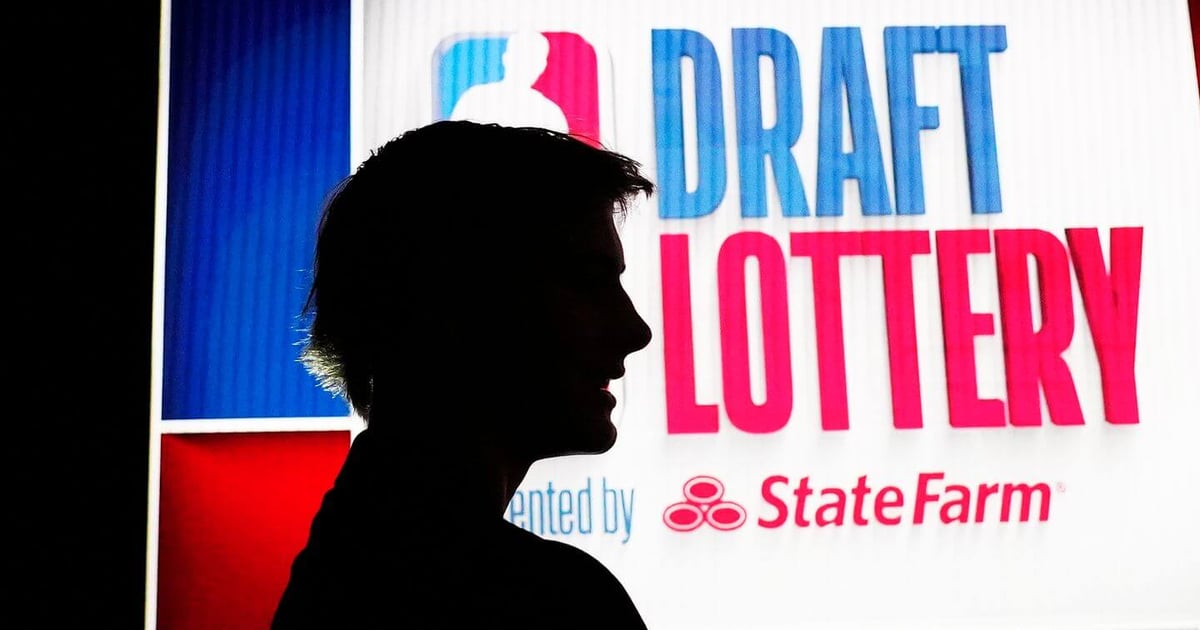Since its institution in 1984, the draft lottery has undergone multiple changes.
The NBA had unweighted draft lottery odds from 1985 through 1989 and then implemented the weighted system in 1990. Back then there were 66 “chances” for winning the No. 1 pick. The team with the worst record had 11 out of 66. The team with the second-worst record had 10 out of 66. And so on, and so forth. We saw the 41-41 Seattle SuperSonics move up to the second pick with just a 3.03 percent chance of getting the top spot, and they took Hall of Famer Gary Payton.
After the Orlando Magic won back-to-back No. 1 overall picks in 1992 (15.15 percent chance, second-best odds) and 1993 (1.52 percent chance, worst odds), the NBA decided to overreact and change things to an even more unevenly weighted system. The worst record went from a 16.7 percent chance of grabbing the top pick to a 25.0 percent chance. The teams with the lowest odds dropped even more, to a 0.5 percent chance. It pretty much stayed that way until 2019, when the NBA decided to legislate against the “Trust the Process” 76ers to make the lottery system less severe for odds to win it.
Now, the teams with the three worst records each have a 14.0 percent chance of obtaining the top pick in the draft. The fourth-worst record has a 12.5 percent chance of getting it. Then, with each subsequently better record from the regular season, the odds continue to drop.

